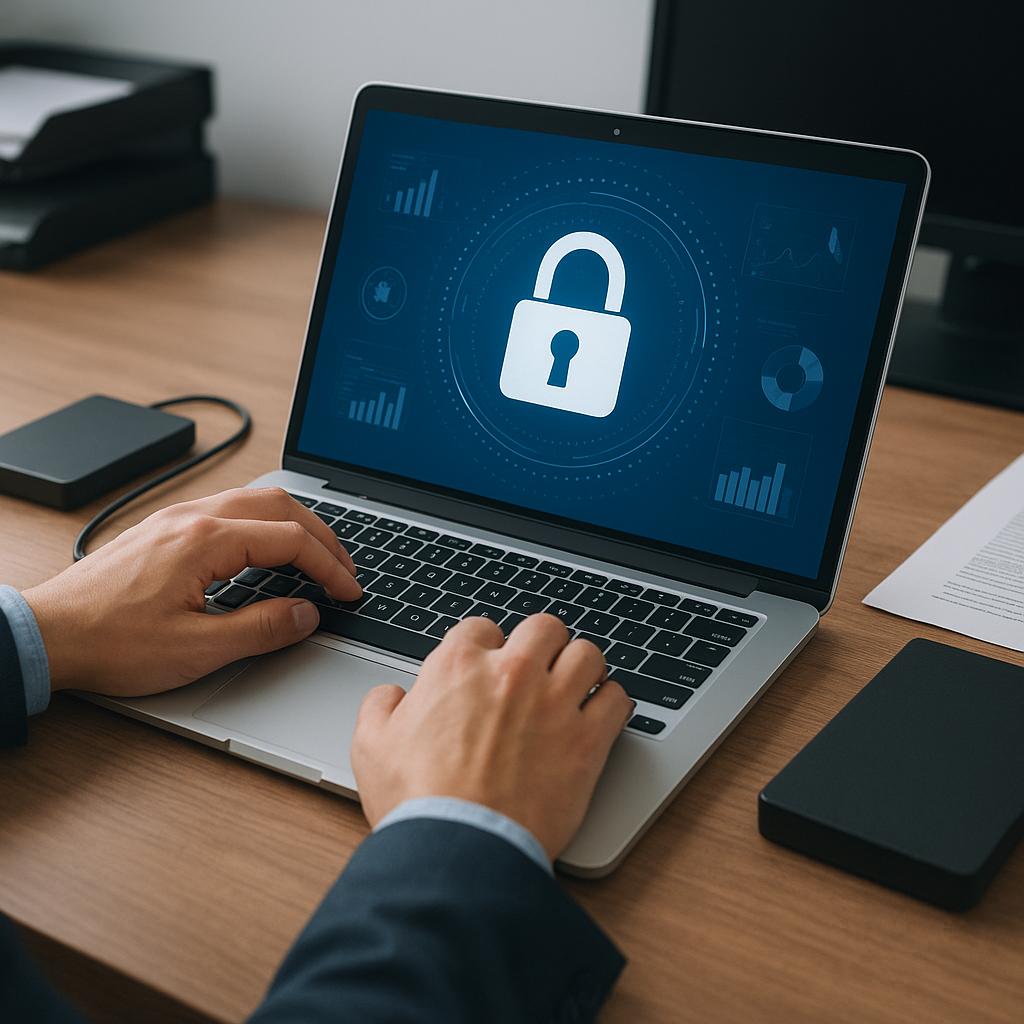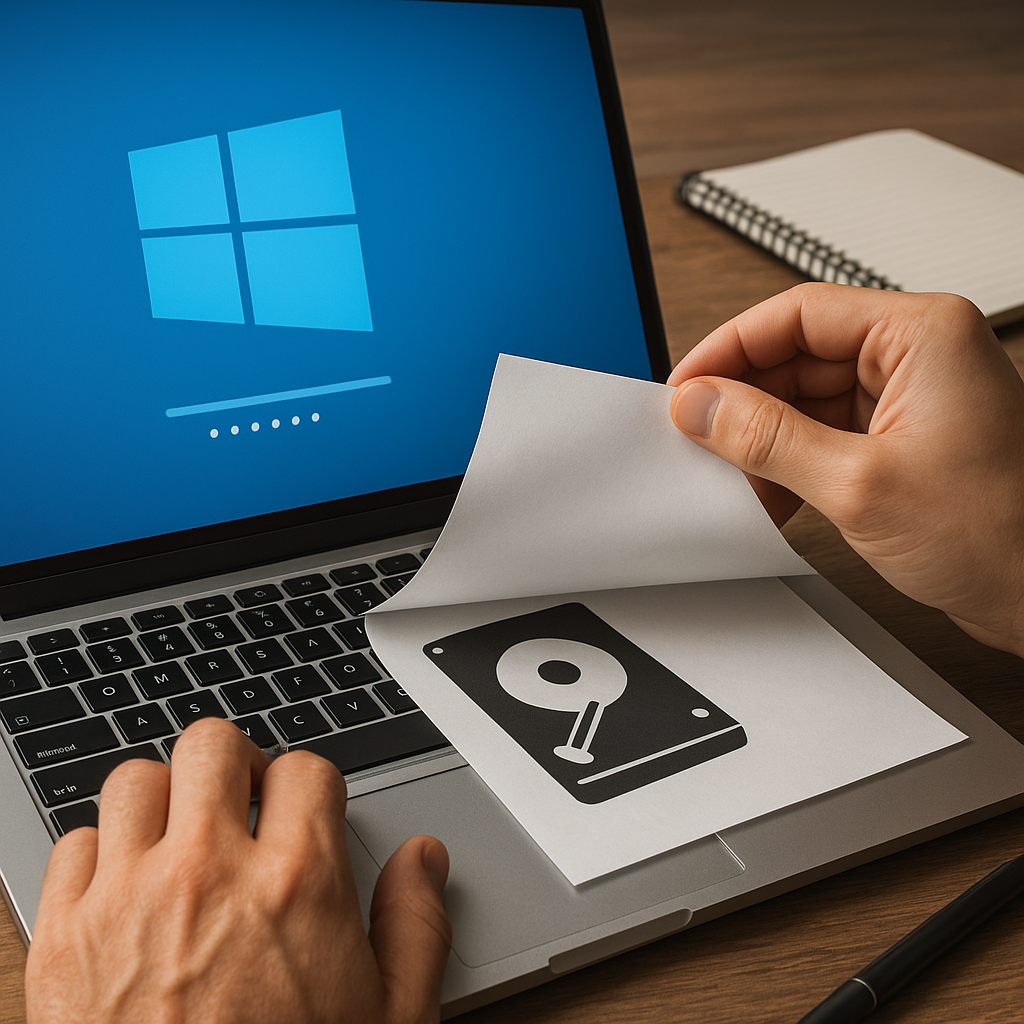Data Recovery for External Drives and USB Flash Drives – A Complete Guide
Data loss can be a devastating experience, especially when it involves critical information stored on external drives and USB flash drives. This guide aims to provide a comprehensive overview of data recovery techniques and software solutions that can help you retrieve lost data from these storage devices.
Understanding Data Loss
Before diving into the recovery process, it is essential to understand the common causes of data loss. Data loss can occur due to various reasons, including accidental deletion, formatting errors, hardware failures, and malware attacks. Recognizing the root cause of data loss can significantly influence the recovery strategy and the choice of software tools.
Accidental Deletion
Accidental deletion is one of the most common causes of data loss. This can happen when files are mistakenly deleted, or the recycle bin is emptied without realizing the importance of the files. Fortunately, most deleted files are not permanently erased from the storage device and can be recovered using specialized software.
Formatting Errors
Formatting errors occur when a storage device is accidentally formatted, leading to the loss of all stored data. While this may seem catastrophic, data recovery software can often retrieve files from formatted drives, provided that new data has not overwritten the old data.
Hardware Failures
Hardware failures, such as a malfunctioning USB port or a damaged external drive, can also result in data loss. In such cases, physical repair of the device may be necessary before attempting data recovery. It is advisable to seek professional help for hardware-related issues to avoid further damage.
Malware Attacks
Malware and viruses can corrupt or delete files on external drives and USB flash drives. Using reliable antivirus software and keeping your system updated can help prevent such attacks. If data loss occurs due to malware, specialized recovery tools can assist in retrieving the lost files.
Choosing the Right Data Recovery Software
With numerous data recovery software options available, selecting the right tool can be challenging. The following factors should be considered when choosing data recovery software:
- Compatibility: Ensure that the software is compatible with your operating system and the type of storage device you are using.
- Ease of Use: User-friendly interfaces and step-by-step guides can simplify the recovery process, especially for non-technical users.
- Recovery Capabilities: Look for software that supports a wide range of file types and recovery scenarios, including accidental deletion, formatting, and malware attacks.
- Customer Support: Reliable customer support can be invaluable, particularly if you encounter issues during the recovery process.
- Cost: While free software options are available, paid versions often offer more advanced features and better recovery rates.
Top Data Recovery Software Options
Here are some of the top data recovery software options for external drives and USB flash drives:
- Recuva: A popular choice for its user-friendly interface and effective recovery capabilities. Recuva supports a wide range of file types and offers both free and paid versions.
- EaseUS Data Recovery Wizard: Known for its powerful recovery features and ease of use, EaseUS Data Recovery Wizard can recover data from various storage devices and file systems.
- Disk Drill: Disk Drill offers a comprehensive set of recovery tools and supports multiple file systems. Its intuitive interface makes it suitable for both beginners and advanced users.
- Stellar Data Recovery: Stellar Data Recovery is renowned for its robust recovery capabilities and extensive file type support. It also provides advanced features such as disk imaging and cloning.
- R-Studio: A professional-grade data recovery software, R-Studio is ideal for complex recovery scenarios. It offers advanced features such as RAID recovery and network recovery.
Steps to Recover Data
Once you have selected the appropriate data recovery software, follow these steps to recover your lost data:
Step 1: Stop Using the Device
Immediately stop using the external drive or USB flash drive to prevent new data from overwriting the lost files. Continued use can reduce the chances of successful recovery.
Step 2: Install the Data Recovery Software
Download and install the chosen data recovery software on your computer. Ensure that the software is installed on a different drive than the one you are trying to recover data from to avoid overwriting the lost files.
Step 3: Connect the Storage Device
Connect the external drive or USB flash drive to your computer. Ensure that the device is properly recognized by the system before proceeding with the recovery process.
Step 4: Scan the Device
Launch the data recovery software and select the connected storage device. Initiate a scan to search for lost files. Depending on the size of the drive and the extent of data loss, the scanning process may take some time.
Step 5: Preview and Recover Files
Once the scan is complete, the software will display a list of recoverable files. Preview the files to ensure they are intact and select the ones you wish to recover. Save the recovered files to a different storage location to avoid overwriting any remaining lost data.
Preventing Future Data Loss
While data recovery software can be a lifesaver, it is always better to prevent data loss in the first place. Here are some tips to help you safeguard your data:
- Regular Backups: Regularly back up your data to multiple locations, such as cloud storage and external drives, to ensure you have copies in case of data loss.
- Use Reliable Storage Devices: Invest in high-quality external drives and USB flash drives from reputable manufacturers to reduce the risk of hardware failures.
- Keep Software Updated: Regularly update your operating system, antivirus software, and other applications to protect against malware and security vulnerabilities.
- Handle Devices Carefully: Avoid physical damage to your storage devices by handling them with care and storing them in protective cases.
- Enable Write Protection: Enable write protection on USB flash drives to prevent accidental deletion or modification of files.
Conclusion
Data recovery for external drives and USB flash drives is a critical skill in today’s digital age. By understanding the causes of data loss, choosing the right recovery software, and following the proper recovery steps, you can significantly increase your chances of retrieving lost data. Additionally, implementing preventive measures can help you avoid future data loss and ensure the safety of your valuable information.












